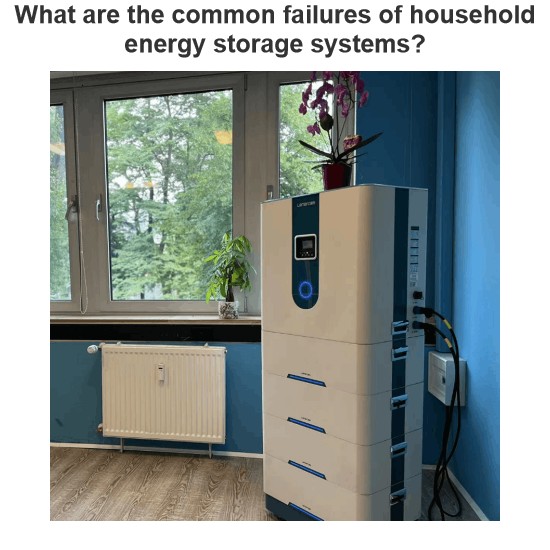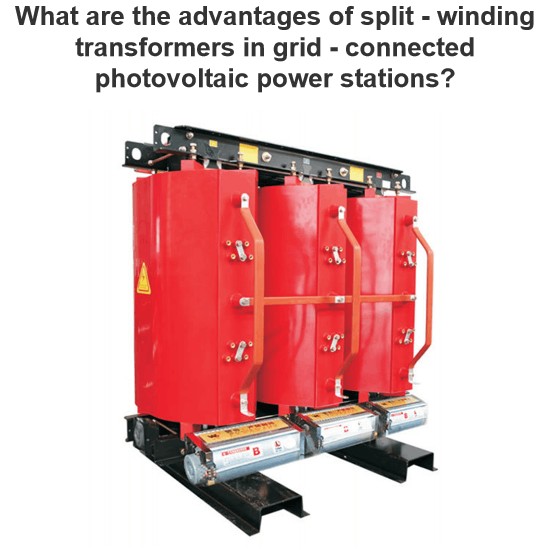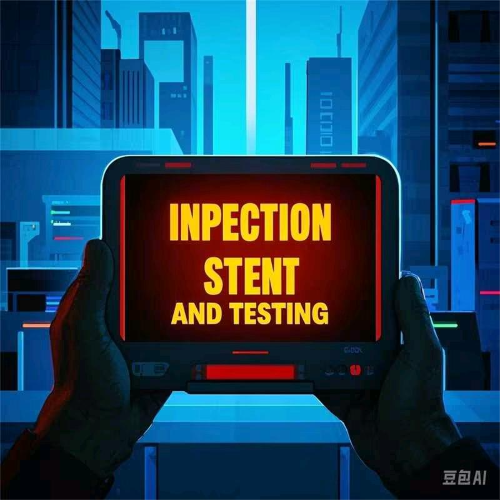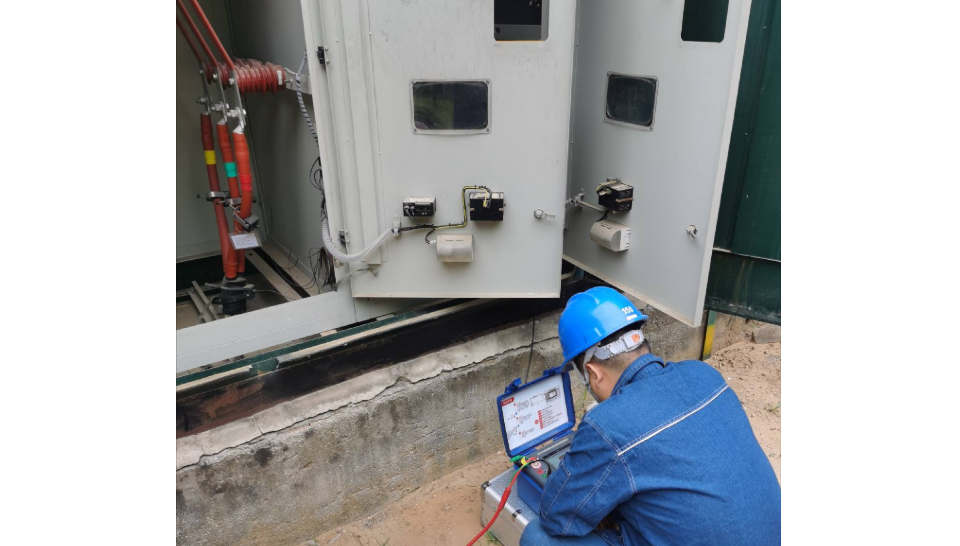As a front - line fault diagnosis and detection worker, I am well aware that with the expansion of the scale of photovoltaic power stations, the faults of box - type transformers, as one of the key equipment, have a profound impact on the stable operation of the system. This paper focuses on using advanced artificial intelligence algorithms and integrating data analysis technology to improve the accuracy and efficiency of fault diagnosis of box - type transformers, and to build a solid technical foundation for the safe and stable operation of photovoltaic power stations. This is also a core issue that I urgently need to tackle in my daily operation and maintenance work.
1 Research Background
The box - type transformer in a photovoltaic power station, as a core component of the photovoltaic system, undertakes the key mission of converting the low - voltage power output by the DC photovoltaic panels into high - voltage power suitable for transmission. During the long - term operation cycle, typical faults such as winding grounding, short - circuit, and open - circuit often occur.
These faults not only disrupt the normal power generation rhythm of the power station but also may lead to equipment damage and accident escalation. Based on front - line diagnosis and detection experience, in - depth analysis of such faults is of irreplaceable value for early identification and resolution of risks and ensuring the safe and stable operation of the photovoltaic system.
2 Application of Artificial Intelligence in Typical Fault Diagnosis
2.1 Artificial Intelligence Algorithms
In the front - line fault diagnosis and detection work, I have witnessed the huge potential of artificial intelligence algorithms in the field of fault diagnosis of box - type transformers. Mainstream algorithms such as neural networks, support vector machines, and genetic algorithms simulate the learning and reasoning logic of the human brain, and can mine rules and make accurate predictions from complex operation data. n the face of fault diagnosis of box - type transformers, these algorithms can efficiently process massive data, detect potential fault patterns, and output reliable diagnosis results, becoming the "intelligent assistant" for our diagnosis and detection work.
2.2 Fault Diagnosis Methods for Box - Type Transformers in Photovoltaic Power Stations
Traditional fault diagnosis relies on professional personnel for comprehensive detection and analysis, which is time - consuming, labor - intensive, and easily affected by subjective interference. However, the diagnosis mode based on artificial intelligence algorithms has achieved breakthroughs in automation and intelligence. By collecting the operation data and state parameters of the box - type transformer and combining with the characteristics of the algorithm, it can quickly and accurately identify fault types, improve the efficiency and accuracy of diagnosis.
This can not only reduce the operation and maintenance costs but also avoid fault risks in advance, helping to improve the performance and reliability of the power station, and is an important direction for optimizing the front - line diagnosis and detection process.
2.3 Advantages of Artificial Intelligence Algorithms in Technical Fault Diagnosis
In front - line diagnosis and detection practice, the advantages of artificial intelligence algorithms are very significant:
- Data Processing and Optimization Capability: It can handle massive complex data, mine potential rules, extract key features, and can continuously learn and optimize, steadily improving the accuracy and stability of diagnosis, making fault identification more accurate.
- Adaptive and Generalization Capability: It has strong environmental adaptability, can flexibly adjust with fault scenarios, and is suitable for fault diagnosis of different types of box - type transformers. Through data analysis and case comparison, it can quickly locate fault patterns such as temperature anomalies and insulation damage, pointing out the direction for diagnosis and detection work.
- Real - Time Monitoring and Early Warning: It can realize real - time state monitoring and early warning, capture potential problems in the first place, and shorten the system downtime. This is of great significance for ensuring the continuous power generation of the power station.
In addition, the algorithm can integrate multi - source heterogeneous information such as sensor data and operation logs to achieve comprehensive fusion analysis, improve the comprehensiveness and reliability of diagnosis, and provide solid support for operation and maintenance decision - making. It can be seen that in the typical fault diagnosis of box - type transformers, artificial intelligence algorithms are of key value for improving the stability and safety of equipment and promoting the sustainable development of power stations.
3 Research Methods
3.1 Data Collection and Processing
In the research driven by front - line diagnosis and detection, data collection and processing is a basic link for the typical fault diagnosis of box - type transformers. We deploy sensors on the box - type transformers to conduct real - time and periodic monitoring of key parameters such as temperature, humidity, current, and voltage. The data is simultaneously uploaded to the storage server for archiving. The original data undergoes preprocessing such as denoising, abnormal value elimination, and cleaning to ensure reliable quality. Finally, a complete data set is constructed, laying a foundation for subsequent feature extraction and model building.
3.2 Feature Extraction and Selection
In the feature extraction stage, multiple features reflecting the operation state of the box - type transformer are mined from the original data, covering dimensions such as average temperature, peak current, and frequency distribution. Through statistical and frequency analysis, representative feature parameters are selected; then, methods such as Principal Component Analysis (PCA) are used for dimensionality reduction and redundancy removal, and key features are carefully selected to lay a solid data foundation for model training.
3.3 Construction of Fault Diagnosis Model
Based on the needs of front - line diagnosis and detection, we build a fault diagnosis model driven by artificial intelligence algorithms:
- Introduction of Convolutional Neural Network (CNN): Conduct in - depth abstract learning on feature data. Through multi - layer convolution and pooling operations, key features are extracted layer by layer, and an accurate feature representation is constructed.
- Integration of Long Short - Term Memory Network (LSTM): Capture the time correlation of data sequences, strengthen the model's learning of time - series dependencies, and improve the accuracy and generalization ability of diagnosis.
- Construction of End - to - End Model: Combine the advantages of CNN and LSTM to create a full - process fault diagnosis model, realizing the automatic identification and early warning of various typical faults of box - type transformers. After training and verification with a large - scale data set, the model has achieved remarkable results in fault diagnosis tasks, building a technical barrier for the safe operation of power stations.
4 Experimental Design and Result Analysis
4.1 Experimental Design
The experiment relies on the data of real box - type transformers in photovoltaic power stations. We select representative box - type transformer equipment from multiple power stations and carry out long - term data collection, covering normal operation and various typical fault conditions. The data set is split into a training set and a test set in proportion to ensure the objectivity of model training and evaluation. At the same time, simulation experiments are carried out for different fault types to comprehensively verify the diagnosis efficiency of the model, which is in line with the needs of front - line diagnosis and detection scenarios.
4.2 Result Presentation and Analysis
The experiment shows that the diagnosis model driven by artificial intelligence algorithms performs excellently in the fault diagnosis of box - type transformers. When identifying typical faults such as winding grounding, short - circuit, and temperature anomalies, the accuracy and recall rate are considerable: the accuracy and recall rate of winding grounding faults in the test set exceed 90%; the accuracy of short - circuit faults reaches more than 85%. The prediction of the occurrence time and location of faults by the model can trigger alarms in a timely manner, guide operation and maintenance disposal, and effectively reduce fault losses, demonstrating the technical value.
4.3 Comparison and Discussion
Compared with traditional diagnosis methods, the advantages of the artificial intelligence model are prominent: traditional methods rely on manual analysis, with large subjective errors and low efficiency; while the model realizes automatic and rapid diagnosis, with both improved accuracy and reliability. In the face of large - scale and complex data scenarios, the model has stronger adaptability and generalization ability, providing efficient technical support for the safe and stable operation of box - type transformers. Thus, it can be seen that the artificial intelligence algorithm diagnosis method proposed in this research has great application value and promotion prospects in the operation and maintenance of photovoltaic power stations.
5 Conclusion
The research on the typical fault diagnosis of box - type transformers in photovoltaic power stations based on artificial intelligence algorithms has achieved remarkable results. Through links such as data collection and processing, feature extraction and selection, and model construction, an efficient and accurate diagnosis model has been successfully built. Experiments verify its excellent performance in the identification of typical faults, providing protection for the safe operation of power stations.
As a front - line diagnosis and detection worker, I look forward to continuously optimizing the model performance in the future and promoting the widespread application of this technology in the field of photovoltaic operation and maintenance, injecting new momentum into the development of the industry.















